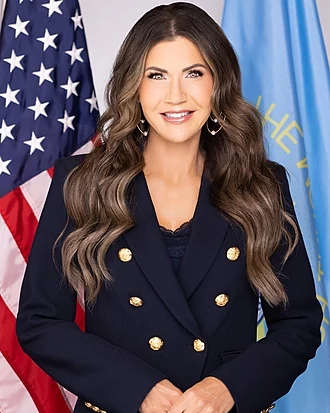 By Monica Hesse
Washington Post
By Monica Hesse
Washington Post
WASHINGTON — The man sitting in front of Mary Ellen O’Toole was, she says, a well-mannered guy. “He was low-key. He was nice. He didn’t swear.” He was very proud of his work, which he described in polite, pleasant tones.
His name was Gary Ridgway. His other name was the Green River Killer. His work was killing at least 49 women in Washington state throughout the 1980s and 1990s. He did it all while maintaining marriages, parenting and church-going, and he seemed very much the word neighbors often use to describe men who turn out to have headless torsos in their freezers. Which is to say, he seemed very, very nice.
The niceness paradox. O’Toole worked as a profiler for the FBI for 30 years, headquartered in Quantico. She interviewed the Unabomber. She worked on the Polly Klaas abduction, the Red Lake school shooting and the investigation of David Parker Ray — the Toy-Box Killer who tortured women in a high-tech homemade dungeon. What she found was that the most dangerous criminals were often the ones who came across as the most harmless. That’s how they were able to continue harming people.
“Over the years, I used to hear this all the time.” Other investigators would explain to her why they had disregarded suspects: “I just looked at him, man to man, and I could tell” that he was a good guy.
To read the full story click here.




